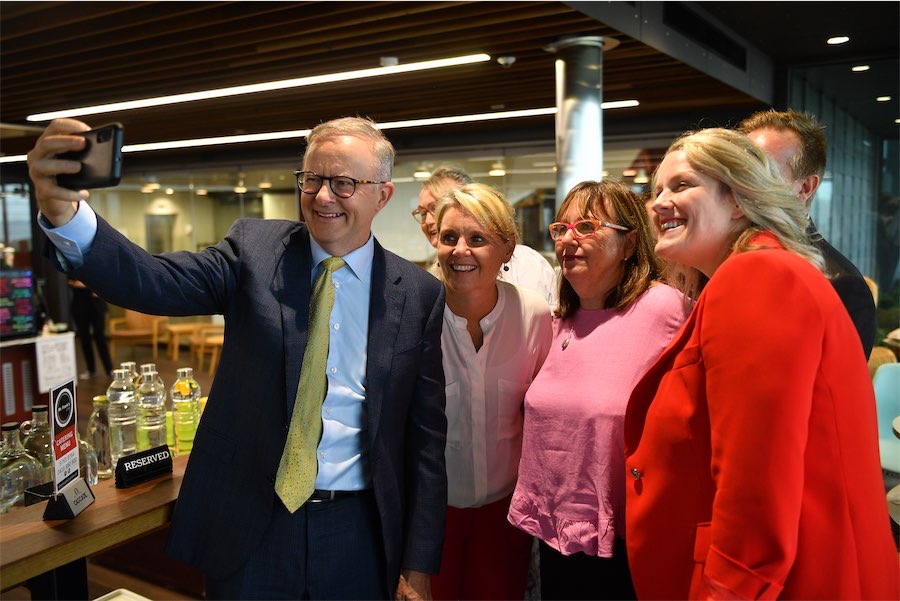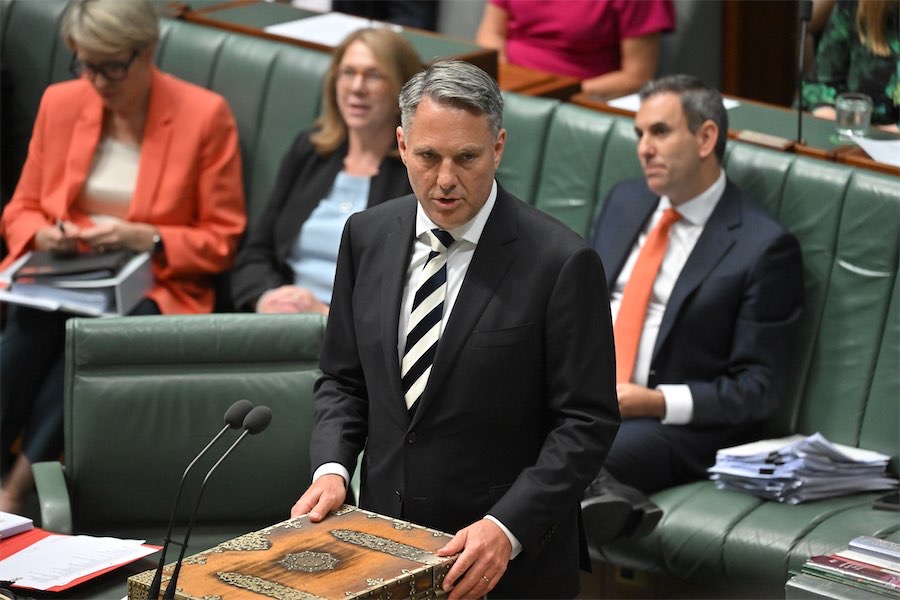
“At a time when Melbourne City Council is planting more and more trees to reduce temperature in the city, the ACT government has been hell-bent on more and more intense development with less and less trees. It makes no sense,” writes politics columnist MICHAEL MOORE.
THE Greens now have much more power in the cabinet and in the ACT Assembly. But are they able to use this power to protect equity and the green spaces that make Canberra a different and desirable city in which to live, work and play?

COVID-19 has exposed many weaknesses in our community. One of the most dramatic failures of control happened in Melbourne in the public housing towers.
The very clear message from that disaster, and so many similar situations internationally, is that crowding people into smaller and smaller spaces is a formula for spreading disease, depression and anxiety.
It is a message that ought to be heeded by the ACT government. The pages of “CityNews” have illustrated that Labor has failed dismally in its planning controls in the past.
Are they now able to heed the message or will ACT Planning just merrily continue as though nothing has happened? And can the Greens have enough influence to ensure change that favours access to green space and greater social equity?
Social equity is integrally tied to planning issues. A high proportion of those who can afford to do so live in leafy suburbs with large backyards. Although some make other choices, a high proportion of the socially disadvantaged live in much higher-density communities. COVID-19 provided a significant reminder that the more intense the living space the greater the vulnerability of families to infectious disease and associated conditions.
Cramming as many units as possible into valuable sites has been the yardstick of so many recent planning decisions. The inner-city buildings near Ainslie Avenue and Cooyong Street provide just one example. However, there are also intense residential developments in the new suburbs of the Molonglo Valley and other areas where similar residential developments are well away from access to green space.
At the very same time as housing intensity is being increased, community access to playing fields is under attack. The vandalism and safety arguments have been used as an excuse to erect ugly, impenetrable fences around playing fields. There is some justification for restricted areas of fencing in the case of primary and pre-schoolers.
However, high schools are also in the process of excluding community from these facilities. It is bad enough that these ugly, prison-like containment areas are allowed to be erected by the ACT government, but locking the gates to keep locals out is really rubbing salt into the wound.
Equity is a key issue for the Greens and Labor. Understanding the role that city planning plays in equitable living standards should be fundamental.
People will make different choices about how they spend their money and the manner in which they choose to live in different stages of their lives. Finances will play a key role in such choices. However, effective city planning can significantly reduce the drawbacks of such choices.
At a time when Melbourne City Council is attempting to “green” the inner city by planting more and more trees (amongst other things, to reduce temperature in the city) the ACT government has been hell-bent on more and more intense development with less and less trees. It makes no sense.
Whether residential buildings or office blocks, so many developments have been allowed to spill out to the footpaths. A particularly disgusting example is the way the Magistrates Court has spilled out almost to the road on City Circle. Where was good government? Where was good planning? How did this happen? What can be done to ensure this sort of mistake does not happen again?
The answer lies in the ACT Assembly. Our elected representatives have control of the planning laws and the ministers should be held to account when the planning administration allows these failures.
More importantly, there is a serious expectation on the now-more-powerful Greens, to influence the Assembly to proactively set the parameters for more accessible green space, for greater equity, for better planning.
Who can be trusted?
In a world of spin and confusion, there’s never been a more important time to support independent journalism in Canberra.
If you trust our work online and want to enforce the power of independent voices, I invite you to make a small contribution.
Every dollar of support is invested back into our journalism to help keep citynews.com.au strong and free.
Thank you,
Ian Meikle, editor





Leave a Reply